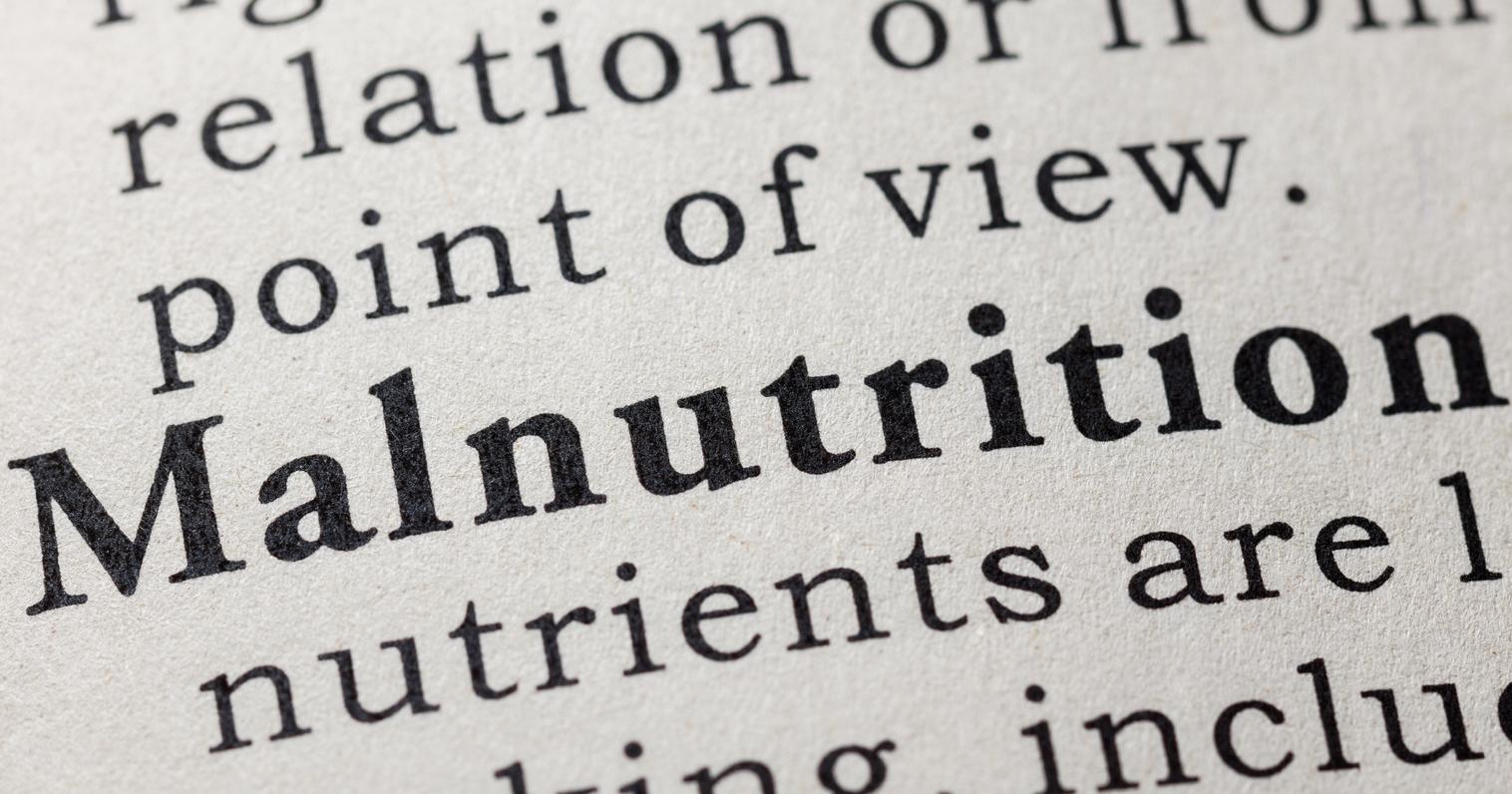What Causes Muscle Atrophy?
Muscle atrophy, also called muscle wasting, occurs when the muscles shrink and waste away. The cause is usually lack of activity, often triggered by an injury or disease making it impossible or difficult to move certain muscles. A leg or arm experiencing muscle atrophy might start to look thinner but won't be any shorter than the leg or arm that retains movement. There are some cases where muscle atrophy is reversible through physical therapy, regular exercise, and a proper diet. However, this isn't always the case, especially if the atrophy is caused by an underlying medical condition. It's important for individuals to understand the causes of muscle atrophy so they can address them with a medical professional.
Malnutrition

Malnutrition can lead to muscle atrophy as well as other serious effects on the body. Every part of the body needs the right nutrients to function. Vitamins, minerals, and proteins help supply the organs and muscles with the energy they need. In addition to being caused by having too few nutrients, malnutrition can also be caused by having too many of certain nutrients. When the muscles aren't getting the nutrition they need, they can waste away. Billions of individuals throughout the world are malnourished in some way. Even if an individual is getting the right amount of nutrients, their muscles can waste away if you aren't getting enough calories. When individuals burn more calories than they consume, their body uses the energy in its fat stores first. But when it goes through the fat stores, it will begin eating away at muscles for energy. If the muscles don't have enough protein to combat this, they can become atrophied and weak. It's also possible to consume too many calories but not get enough nutrients.
Learn more about the causes of muscle atrophy now.